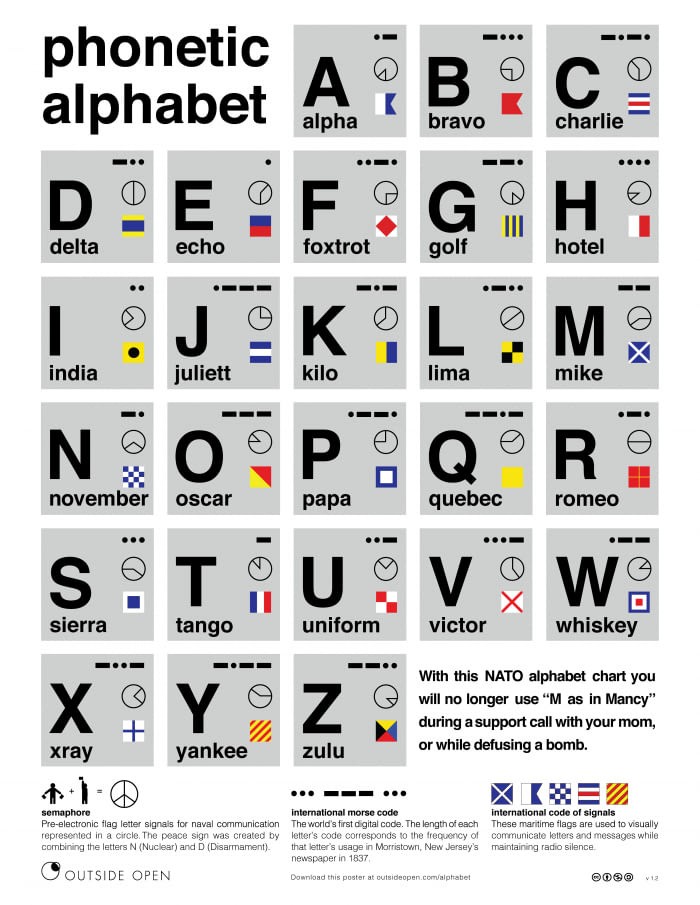view the rest of the comments
Cool Guides
Rules for Posting Guides on Our Community
1. Defining a Guide Guides are comprehensive reference materials, how-tos, or comparison tables. A guide must be well-organized both in content and layout. Information should be easily accessible without unnecessary navigation. Guides can include flowcharts, step-by-step instructions, or visual references that compare different elements side by side.
2. Infographic Guidelines Infographics are permitted if they are educational and informative. They should aim to convey complex information visually and clearly. However, infographics that primarily serve as visual essays without structured guidance will be subject to removal.
3. Grey Area Moderators may use discretion when deciding to remove posts. If in doubt, message us or use downvotes for content you find inappropriate.
4. Source Attribution If you know the original source of a guide, share it in the comments to credit the creators.
5. Diverse Content To keep our community engaging, avoid saturating the feed with similar topics. Excessive posts on a single topic may be moderated to maintain diversity.
6. Verify in Comments Always check the comments for additional insights or corrections. Moderators rely on community expertise for accuracy.
Community Guidelines
-
Direct Image Links Only Only direct links to .png, .jpg, and .jpeg image formats are permitted.
-
Educational Infographics Only Infographics must aim to educate and inform with structured content. Purely narrative or non-informative infographics may be removed.
-
Serious Guides Only Nonserious or comedy-based guides will be removed.
-
No Harmful Content Guides promoting dangerous or harmful activities/materials will be removed. This includes content intended to cause harm to others.
By following these rules, we can maintain a diverse and informative community. If you have any questions or concerns, feel free to reach out to the moderators. Thank you for contributing responsibly!

It is about like the difference between SPI and I2C serial communications.
I struggled with that one for a little while. My intuition of serial is more like SPI where there is a dedicated clock structure from a clock source that is separate from the data transmission. Or like with UART serial where the clock baud rate must be known or set in advance to establish communications.
However, with I2C serial it is only a 2 wire data interface, and the clock is built into the data. That is the main serial communications method used for most analog-world type sensors, like temperature, pressure, real time clocks chips, and many slow types of EEPROM persistent memory. SPI is used for small simple displays in embedded devices, and stuff like the flash memory chip that stores your bootloader on your computer. UART is most often the remote serial terminal access on stuff like your computer and router, though all of these com peripherals have exceptions in use cases.
The way I2C works is that the data line is always held in a high state with a weak pull up resistor. The devices attached to this data line use NPN transistors to pull the line low. Then the protocol establishes who gets to talk and when and how.